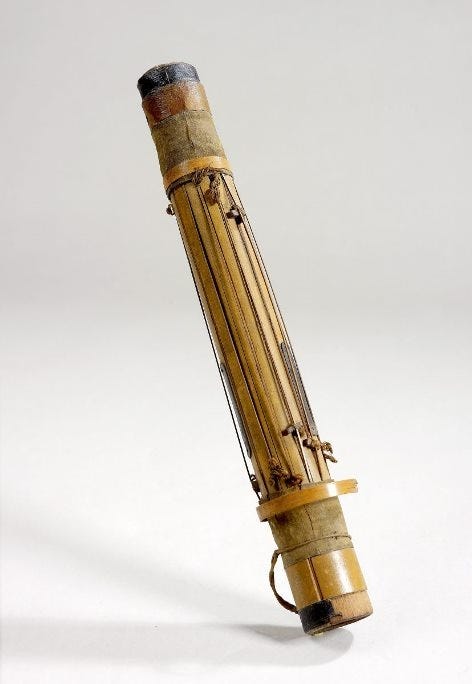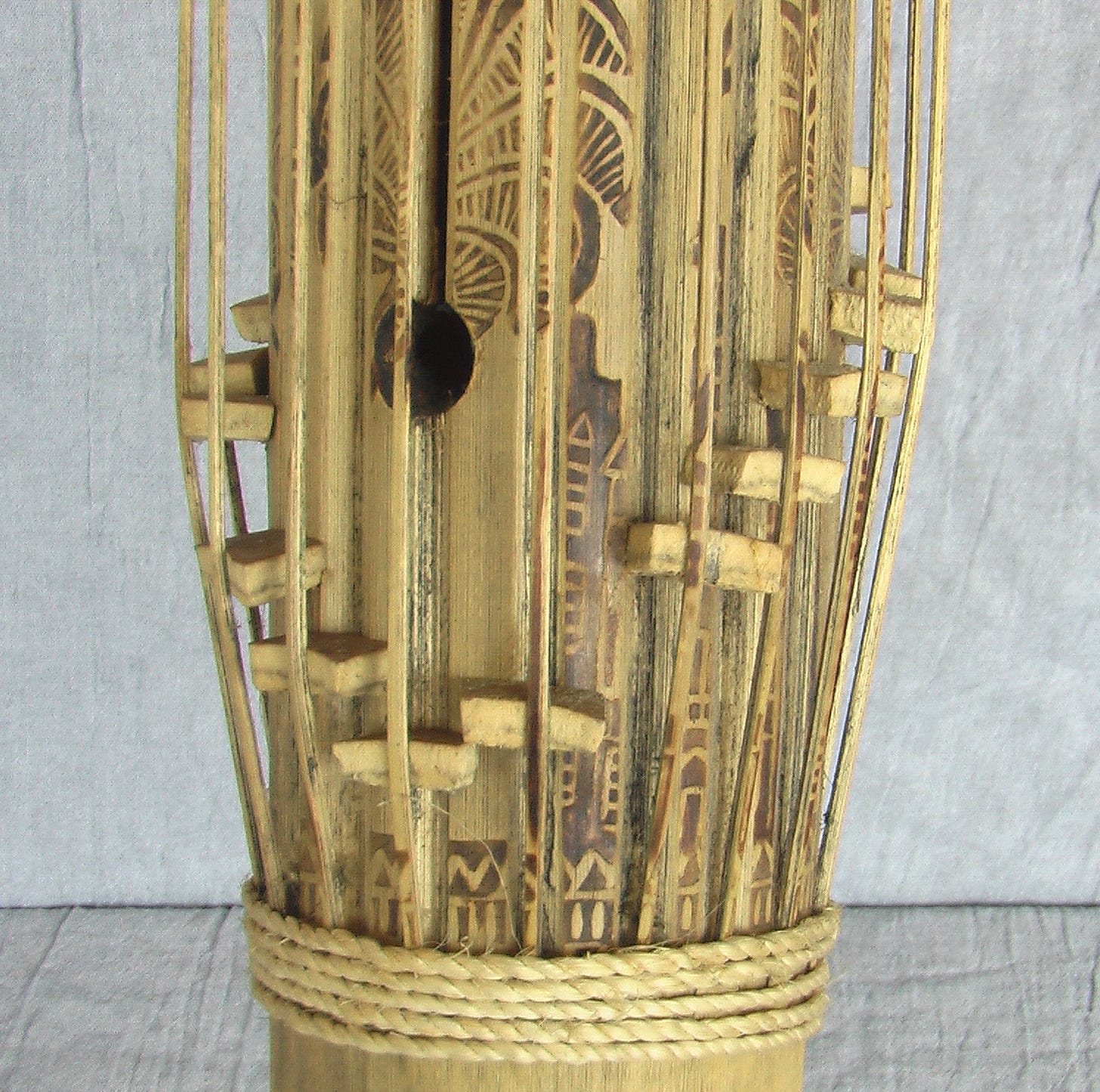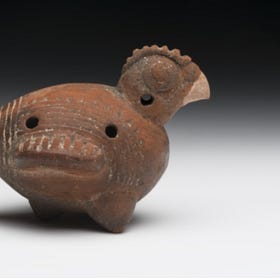
History
Sometimes harp-sounding, sometimes marimba-sounding, the valiha is a unique instrument from Madagascar. Immigrants from Africa, Arabia, India, Indonesia, and European colonizers who arrived around 1500 AD all contributed to the rich musical culture of the island nation.
The valiha is classified as a tube-zither chordophone and is likely a descendant of zithers brought from Southeast Asia during these migrations. It is also possible the valiha came to Madagascar in the 13th century when a group of Muslim settlers named the Zafiraminia came to the island. The valiha is one of the island’s oldest instruments.
Traditionally, it has been used for ritual purposes, but today it can be heard in a variety of styles of music, including pop.
The Valiha
The valiha is crafted from a cut of bamboo in a way that allows there to be at least one hollow chamber inside the instrument. Two sound holes are drilled into the enclosed section to allow the instrument to resonate. The strings are anchored to the bamboo with small nails, which are covered with leather. Since all of the strings are the same length, small moveable bridges are used to change the pitch of each string. A shorter vibrating string gives a higher pitch. There are anywhere from 14-20 strings.

Before metal strings were introduced in the 20th century, the bamboo’s skin was used. These valiha have strips cut from the bamboo to produce their strings (see photo above), with the endpoints of the cut strips left intact. Each cut is raised with similar bridges to produce different pitches.
The valiha is played while seated or standing and is positioned in a way that allows the player to support it without using their hands so both hands are free to play the instrument. Players use all of their fingers to play. Covering two octaves, the strings are arranged so that consecutive notes are on opposite sides of the tube with low strings closer to the player and higher stings further from the player. Notes can be played as single note melodies or as chords.
The Sound
Here is Justin Vali playing the valiha. At 15:45 he begins playing a valiha with the strings cut from the bamboo. It’s interesting to hear the difference between one with the metal strings and one with the strings from the bamboo. The valiha with the cut strings has an almost marimba like tone.
Sources
Botanical Resonance: Learn More About Madagascar Instruments. Missouri Botanical Gardens. January 2023, https://discoverandshare.org/2023/01/13/botanical-resonance-learn-more-about-madagascar-instruments/.
Vetter, Roger. valiha. Grinnell College Musical Instrument Collection. https://omeka-s.grinnell.edu/s/MusicalInstruments/item/2948.
Thank you for reading and supporting this newsletter. The best way to show support is by liking and sharing. If you would like to read more here is a link to the tenth edition of Instrumental Archaeology.
Instrumental Archaeology, Issue 10
Dating to at least 4,500 years ago, ocarinas and similar instruments have been found all across the world from Asia, Africa, Hyrule, and the Americas.





I've never heard of this instrument before. Such a wild difference in sound between the metal strings and those cut from the bamboo. Thanks for introducing us!
Fascinating! Never heard of this instrument or the music! Thank you for sharing😊